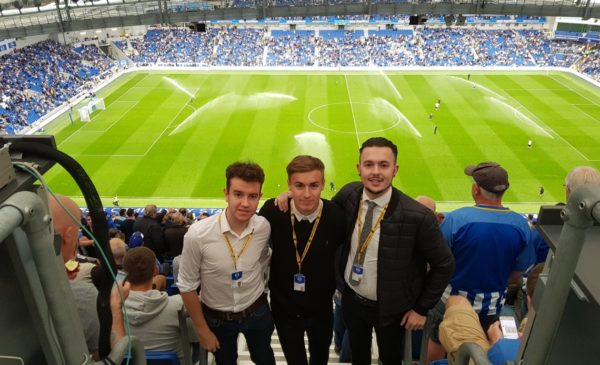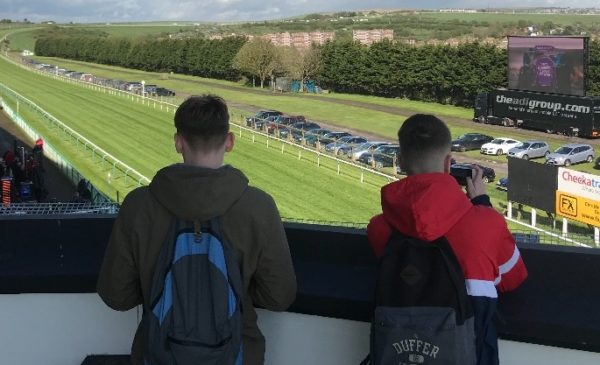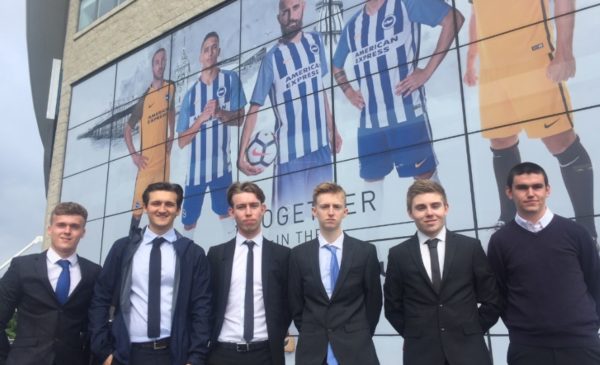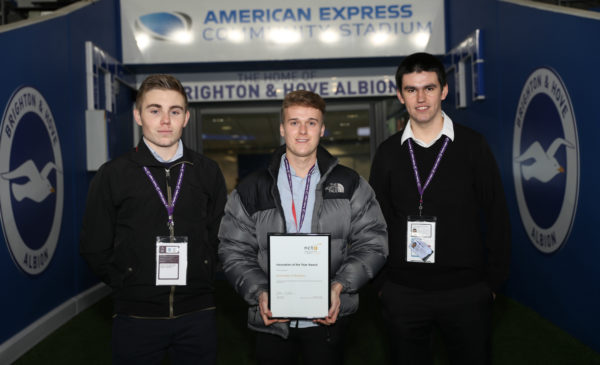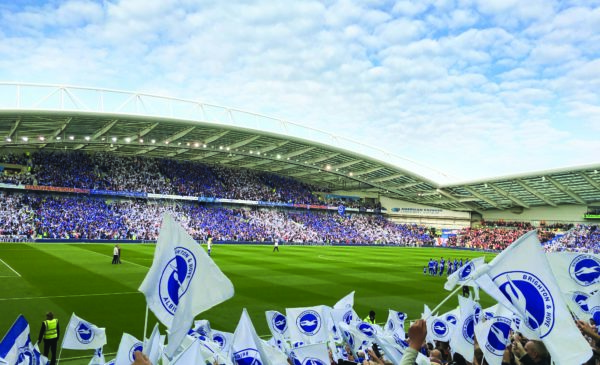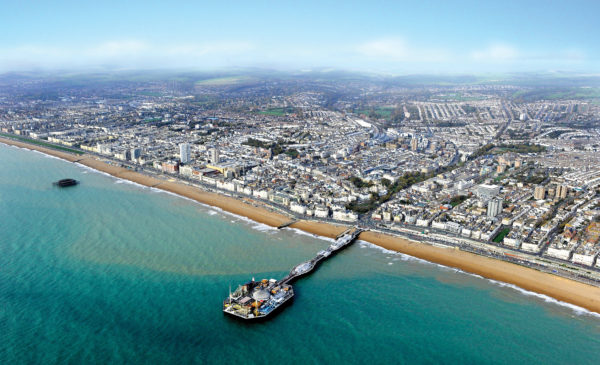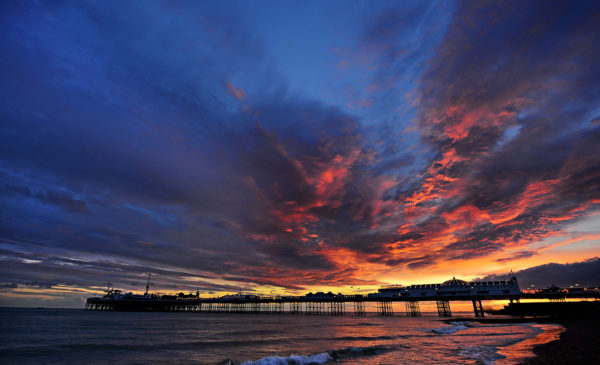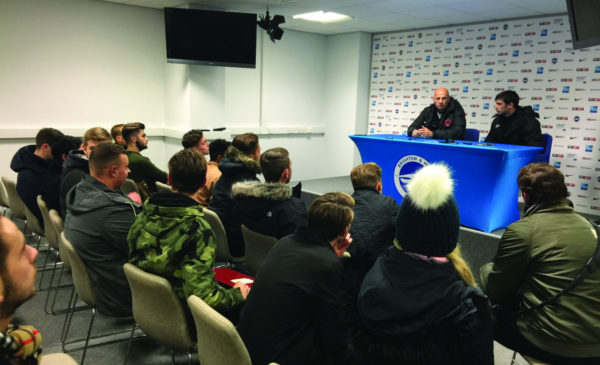‘The spiritual home of the Mods’; Understanding Mod history in Brighton ahead of the annual Brighton Mod Weekender.
In the late 1950s a new culture of man began to infiltrate the London nightlife scene, a man who liked to dress well and listen to jazz music in a coffee shop, the modern man if you will. Termed modernists these young men were starting to develop a name for themselves, and as a new decade began, ‘mod’ conventions had started to infiltrate youth culture across Britain, and by the mid-1960s, it had turned into a cultural phenomenon.
Synonymous with tailored suits, parkas, and mirrored Vespa’s, the influence of mods could be seen in fashion and music, and for many, it soon became a way of life.
Often referred to as the ‘spiritual home of the mods,’ Brighton has deep routes in mod culture after the infamous clash of mods and rockers on Brighton beach in 1964.
Rockers were leather-clad motorcycle riders who took inspiration from the 1950s teddy-boy style. Mods were clean-cut scooter riders who listened to soul music. Two conflicting subcultures whose tensions came to a head on the May bank holiday weekend of 1964 on Brighton Beach.
Mods and rockers fought for two days on the south coast beaches, from Brighton to Hastings. While previous altercations had often seen rockers come out on top, the fights on Brighton beach saw mods outnumber rockers, and on Monday morning, stones and deck chairs were being thrown, and rockers were trying to escape into the arms of the police.
Paul Bone, owner of Brighton-based mod clothing store ‘Quadrophenia Alley,’ said: “Brighton still attracts so many mods because it is where the fighting happened back in the ’60s.
“So, for many people, it’s about youth, people remembering their youth and enjoying those memories, and people want to go back to the places that bring back and evoke those memories.”
The fights between the mods and rockers were widely reported on, with the clash between the two subcultures being seen as a reflection of youth culture in Britain at the time.
The depiction of the mods vs. rockers clash on Brighton beach was reimagined and brought to the big screen in the 1979 cult classic Quadrophenia. Partly filmed in Brighton, Quadrophenia brought about a revival of mod style and culture in Britain in the late 1970s and coincided with the resurgence of mod-inspired bands such as The Jam and The Specials.
An alleyway in Brighton was the base for an infamous sex scene between two leading characters Jimmy, (Phil Daniels) and Steph, (Leslie Ash), and is preparing to receive a blue plaque by the council and the Heritage Foundation later this year.
Found just off East Street, the small alleyway, though easily missed by most, is used as a shrine to Mods, who park their scooters outside and sign the wall to leave a mark of themselves on a part of Mod history.
Bone, whose shop is located on East Street, right next to the alleyway, said: “People want to be where it was filmed, so the alley, with its infamous sex scene, is a drawcard. People want to come and leave their name on the alleyway […] people are going there for a memory, and they want to leave their mark.”
Looking at Mod culture in Brighton now, the historic events of May 1967 are celebrated each year at the Brighton Mod Weekender. Running this year on the August Bank Holiday weekend, from the 24th-28th, the weekender showcases soul, ska, and punk music, 1960’s fashion, and classic scooters.
David Robertson, a self-proclaimed Mod who attends the Brighton Mod Weekender every year, said: “I have been coming to the Mod Weekender for years now and my favourite part is just being with people who like the same things, listen to the same music and appreciate Mod culture.
“Getting to talk to people who have been mods since the 60s and also the young ones who have grown up listening to their dads ‘The Jam’ albums, it just really makes you think that being a mod really is a way of life.”
This year, the Brighton Mod Weekender coincides with a month-long exhibition celebrating the work of Paul Weller with his bands, The Jam and The Style Council.
Running from 30th July until 29th August, the ‘This is the Modern World’ exhibition, named after the Jam’s second album of the same name, promises the biggest ever collection of previously unseen The Jam & The Style Council memorabilia.
Nicky Weller, the curator of the exhibition and sister of the ‘Mod Father’ himself, Paul Weller, commented, “If you’re a Paul Weller fan, there’s every single thing you can possibly imagine, if you’re not a fan it’s still interesting as far as social history goes. If you’re just a music fan it’s just a noisy fun exhibition” (https://www.thisisthemodernworld.net/about).
Through events such as these, it is clear that Brighton’s place in mod culture is cemented and that mod culture is still as important for many now as it was in the 60s.
Information and tickets for the music events and club nights can be found on the New Untouchables website, where you will find a full rundown of all that the Brighton Mod Weekender has to offer.

